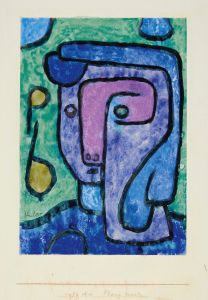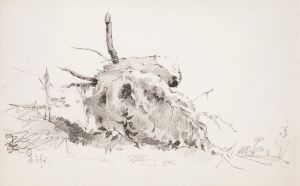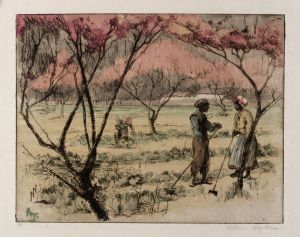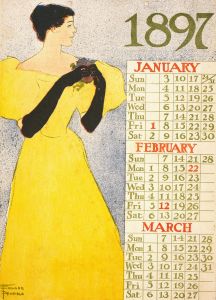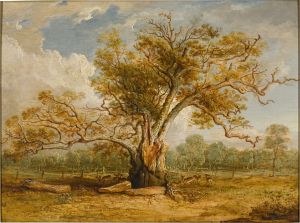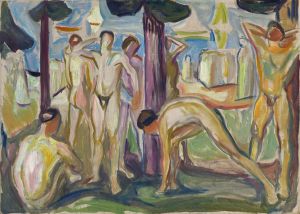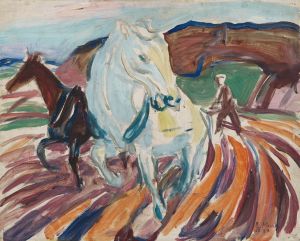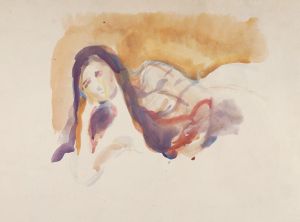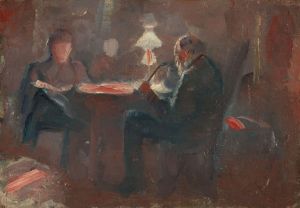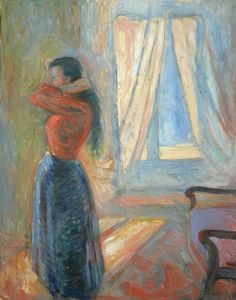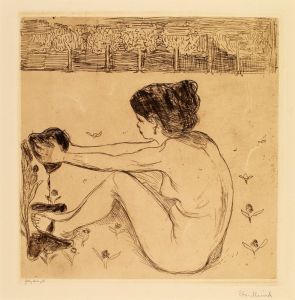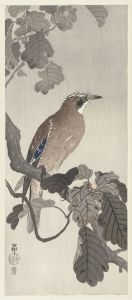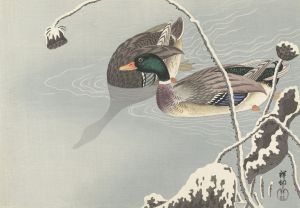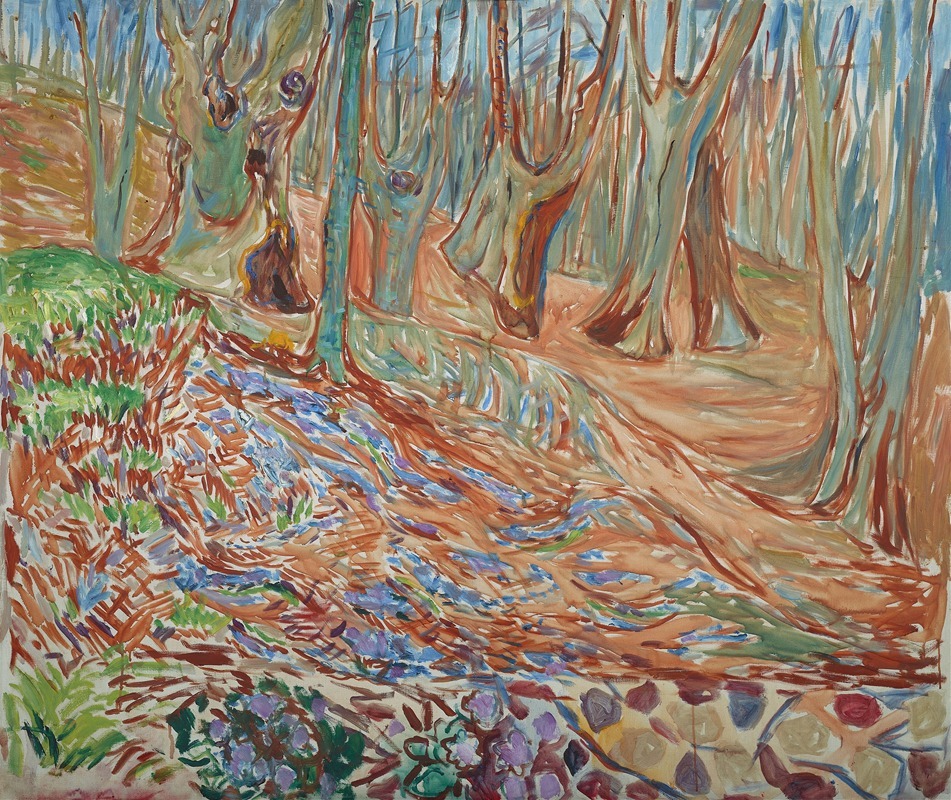
Elm Forest in Spring
A hand-painted replica of Edvard Munch’s masterpiece Elm Forest in Spring, meticulously crafted by professional artists to capture the true essence of the original. Each piece is created with museum-quality canvas and rare mineral pigments, carefully painted by experienced artists with delicate brushstrokes and rich, layered colors to perfectly recreate the texture of the original artwork. Unlike machine-printed reproductions, this hand-painted version brings the painting to life, infused with the artist’s emotions and skill in every stroke. Whether for personal collection or home decoration, it instantly elevates the artistic atmosphere of any space.
Edvard Munch, a Norwegian painter and printmaker, is renowned for his significant contribution to the Symbolist movement in the late 19th and early 20th centuries. He is best known for his iconic work "The Scream," but his oeuvre includes a wide range of themes and styles. Among his lesser-known works is "Elm Forest in Spring," which exemplifies his exploration of nature and emotion through art.
"Elm Forest in Spring" is a painting that captures the essence of a forest during the springtime. Munch's use of color and form in this work reflects his interest in the emotional and psychological impact of nature. The painting depicts a grove of elm trees, their branches and leaves rendered with a sense of movement and vitality that suggests the renewal and growth associated with spring. The choice of elms, known for their stately presence and longevity, may symbolize resilience and continuity, themes that Munch often explored in his work.
Munch's technique in "Elm Forest in Spring" involves a dynamic use of brushstrokes and a vibrant palette, which conveys the energy and life of the forest. The interplay of light and shadow in the painting creates a sense of depth and invites viewers to immerse themselves in the scene. This approach is characteristic of Munch's style, where he often sought to evoke an emotional response through his depiction of natural landscapes.
The painting is part of Munch's broader exploration of nature as a source of inspiration and reflection. Throughout his career, Munch frequently depicted landscapes, using them as a backdrop for exploring human emotions and existential themes. In "Elm Forest in Spring," the forest becomes a metaphor for renewal and the cyclical nature of life, a concept that resonated with Munch's personal experiences and philosophical outlook.
Munch's work was influenced by various art movements, including Impressionism and Post-Impressionism, which is evident in his use of color and light. However, he developed a distinctive style that set him apart from his contemporaries. His focus on the symbolic and emotional aspects of art contributed to the development of Expressionism, a movement that sought to convey subjective experiences and emotions.
"Elm Forest in Spring" is a testament to Munch's ability to capture the beauty and complexity of the natural world. While it may not be as widely recognized as some of his other works, it reflects the depth and diversity of his artistic vision. The painting invites viewers to contemplate the relationship between nature and emotion, a theme that remains relevant in Munch's body of work.
Today, Edvard Munch is celebrated as one of the pioneers of modern art, and his influence can be seen in the works of numerous artists who followed him. His exploration of nature, emotion, and symbolism continues to inspire and captivate audiences worldwide. "Elm Forest in Spring" is a part of this enduring legacy, offering a glimpse into Munch's unique perspective on the world around him.





